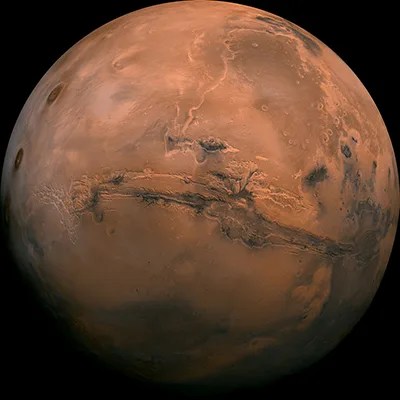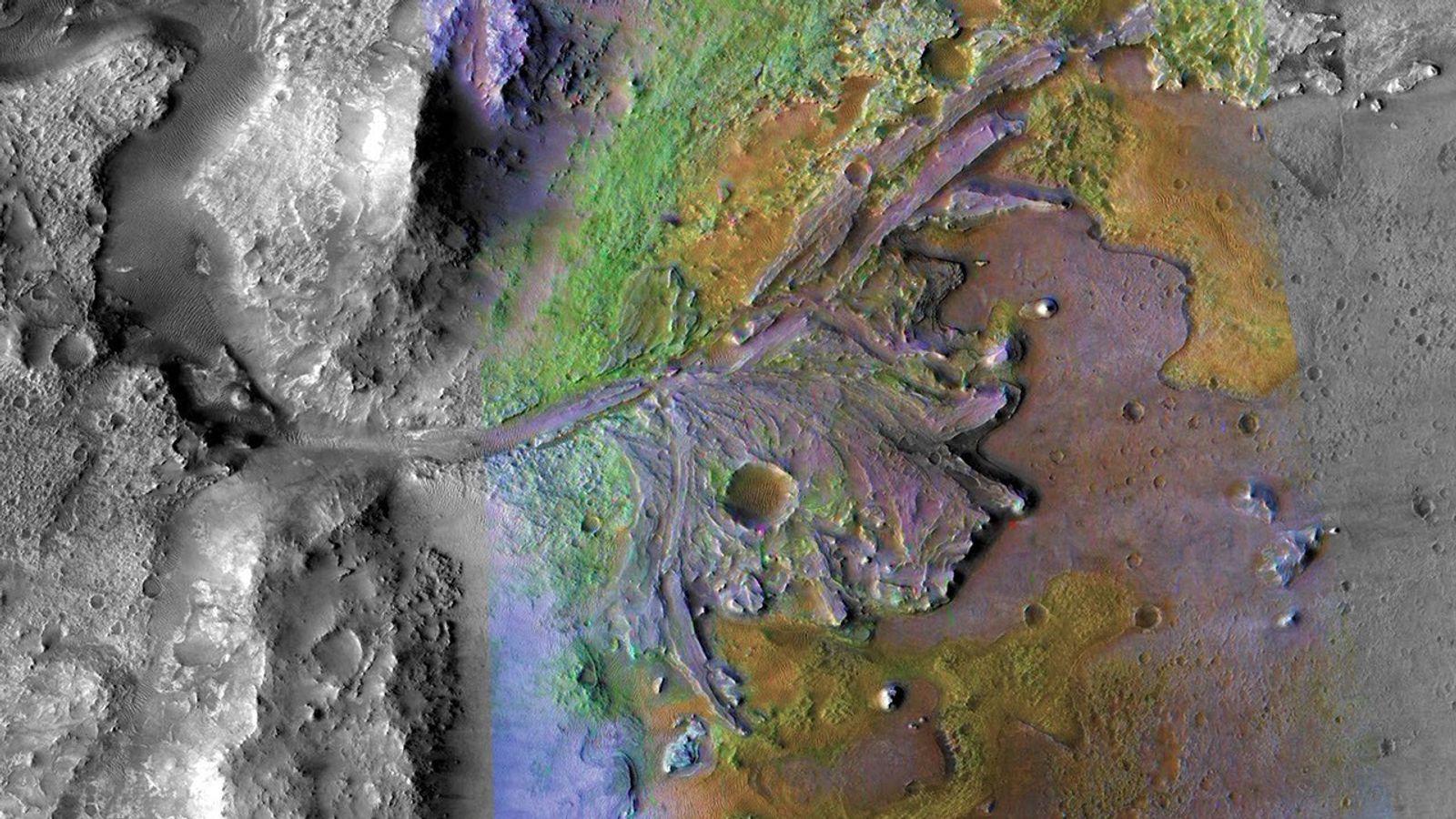
THE
MARS
REPORT
Your source for everything on or about the Red Planet, continuing NASA's six decades of unparalleled exploration and discoveries.
TODAY
Active NASA Missions
Years of Mars Exploration
SPECIAL EDITION: September 2025
Last summer NASA's Perseverance Mars rover investigated its “most puzzling, complex, and potentially important rock yet,” according to one mission scientist. It showed signs of past water, organic material, and clues suggesting chemical reactions by microbial life.
Now, after a rigorous, yearlong peer-review process, during which outside scientists scrutinized the Mars 2020 team’s data and analysis, the journal Nature has published the validated results: Perseverance’s “Sapphire Canyon” sample indeed contains potential biosignatures — clues that suggest past life may have been present, but that require more data or further study before any conclusions about the absence or presence of life.
NASA Says Mars Rover Discovered Potential Biosignature Last Year
After a year’s worth of scientific scrutiny, the “Sapphire Canyon” rock sample remains the mission’s best candidate for containing signs of ancient microbial life processes.
Read About the Discovery about NASA Says Mars Rover Discovered Potential Biosignature Last Year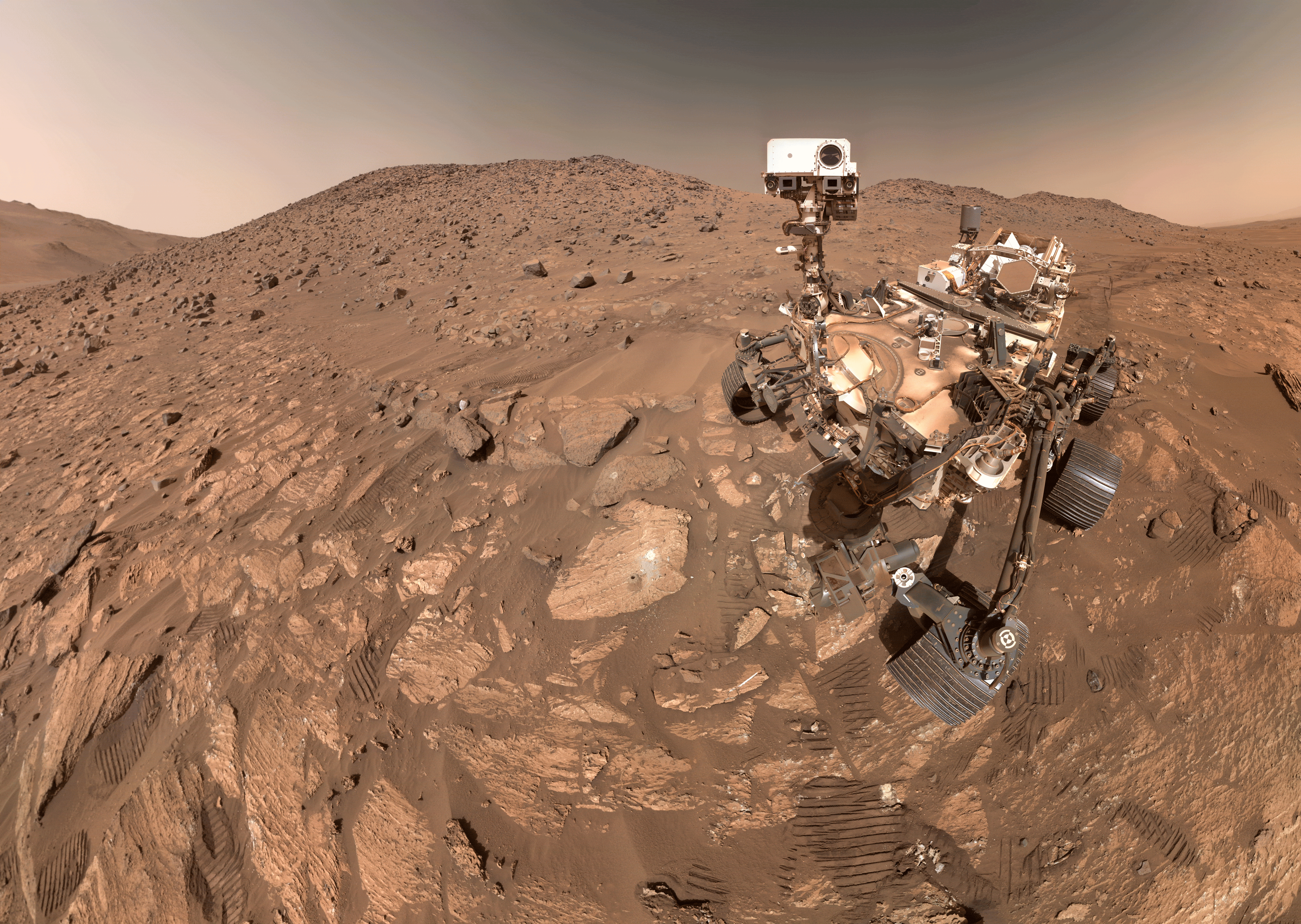
What's New? Peer Review
The finding was peer reviewed in a paper published on Wednesday, Sept. 10, in the journal Nature. A peer-review publication is a crucial step in the scientific process because it ensures the rigor, validity, and significance of results. More detailed study of the sample will be required once it’s returned to Earth.
See a Close-Up of the 'Cheyava Falls' Rock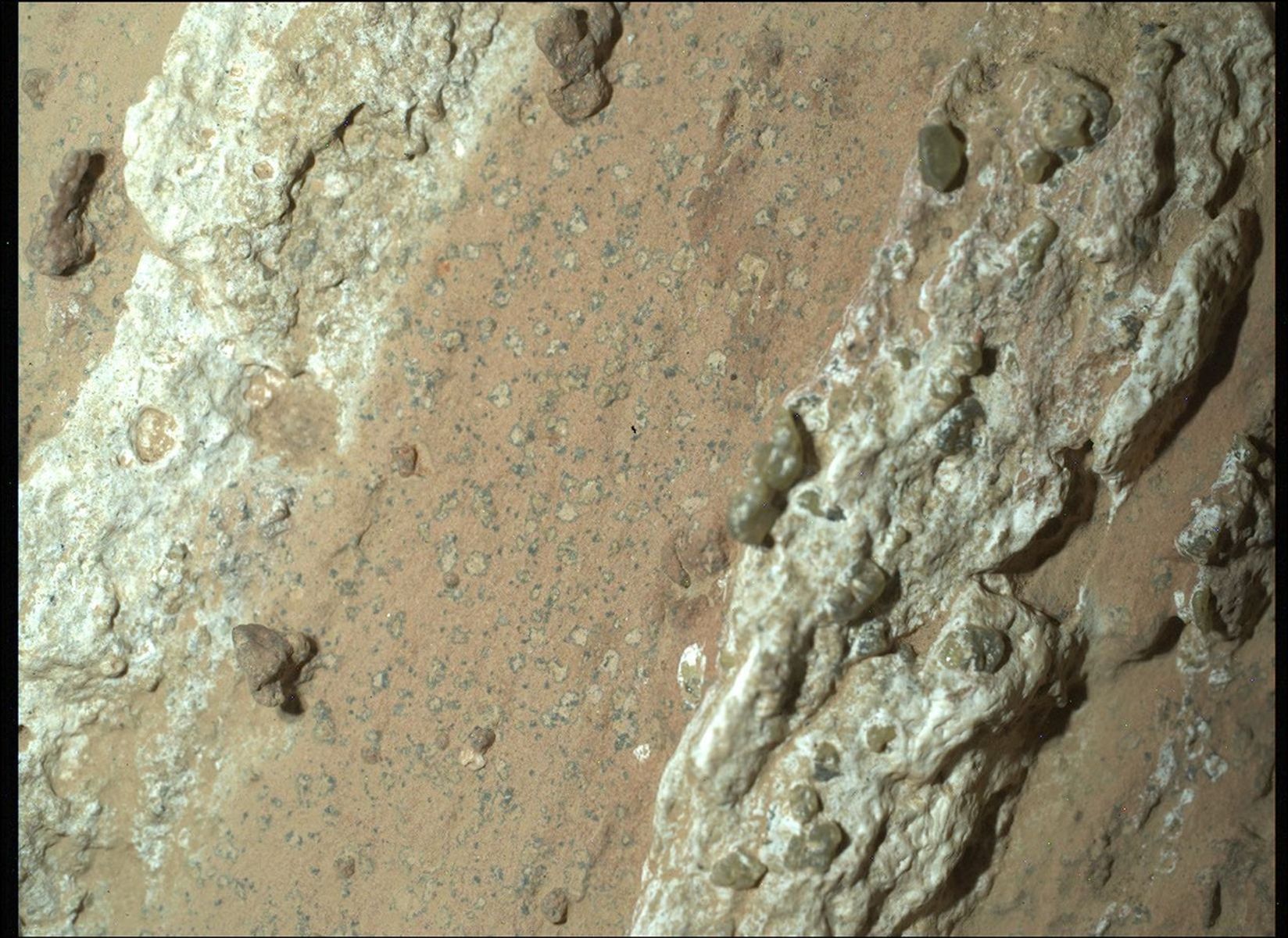
When Mars Was Warm and Wet
NASA/JPL-Caltech
What is a Potential Biosignature?
NASA program scientist Lindsay Hays explains what defines potential signs of ancient life on other worlds and why they require further study.
Watch ‘What is a Potential Biosignature?’Why Did This Rock Catch Our Eye?
This "really compelling rock," discovered and sampled by the Perseverance rover a year ago, has been under scientific scrutiny ever since. In this video from July 25, 2024, Perseverance team member Morgan Cable highlights a few intriguing details that scientists noticed right away.
Learn more about 'Leopard Spots' and other detailsThe Adventure Continues
Perseverance and its sister robot Curiosity are on a roll, thanks to the expert teams who operate these rovers every day and piece together their findings. Follow the latest updates, direct from mission team members.
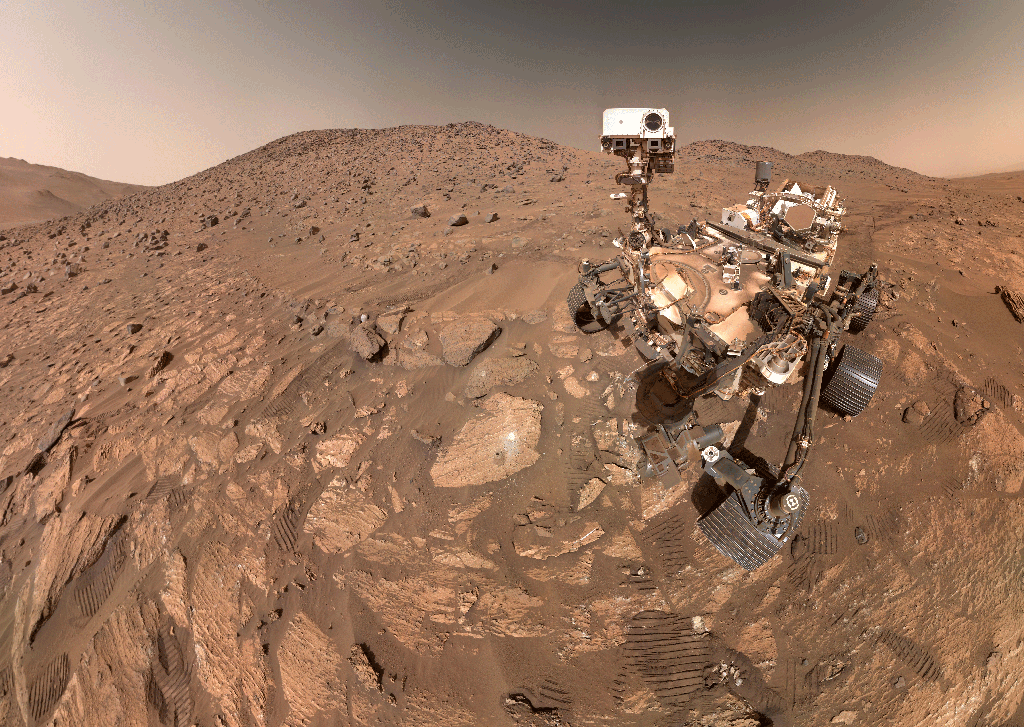
Perseverance Mission Updates
Stories from the edge of Mars' Jezero Crater.
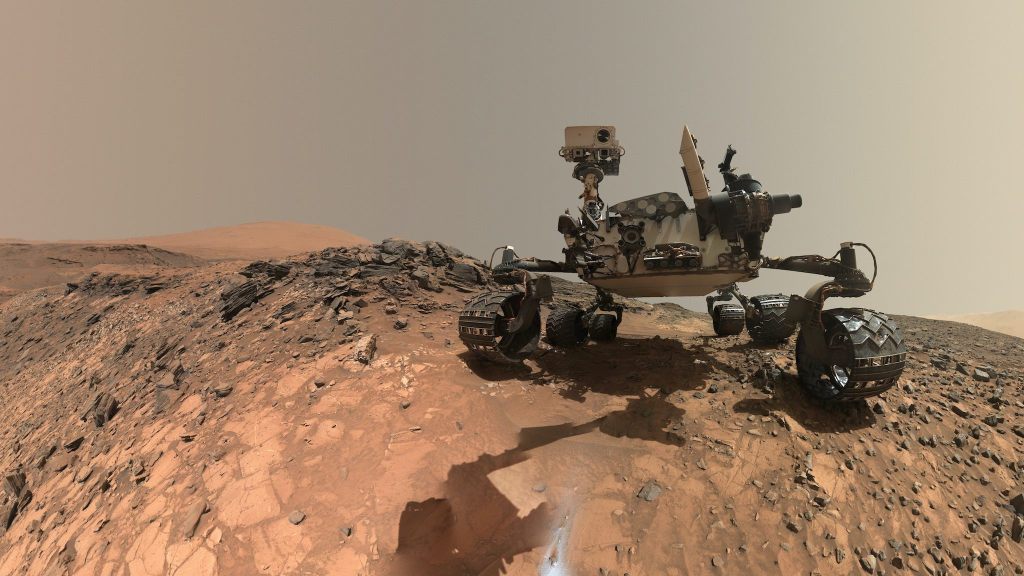
-
A Journey of Discovery
America is on an unwavering journey of discovery: first to the Moon with Artemis, then onward to Mars. Meanwhile, Perseverance and NASA’s other Mars missions are delivering crucial and unequaled findings, deepening our understanding of Mars and its habitability. Together these efforts will help unlock future giant leaps for humanity on the Red Planet.

Join the Conversation
Explore Mars, and follow along on social media:
Catching Up With The Mars Report
Browse previous editions below | Visit The Mars Report home page
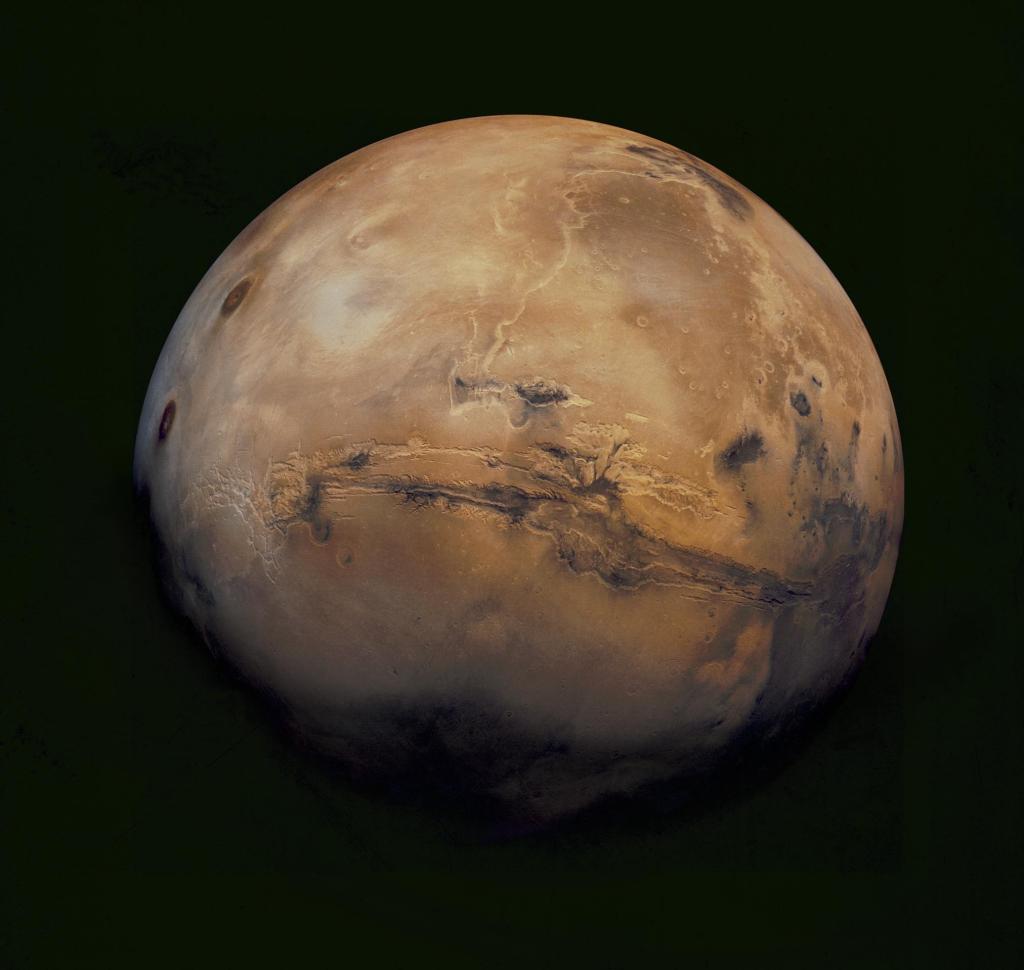
SPECIAL EDITION: September 2025 Last summer NASA’s Perseverance Mars rover investigated its “most puzzling, complex, and potentially important rock yet,” according to one mission scientist. It showed signs of past water, organic material, and clues suggesting chemical reactions by microbial…
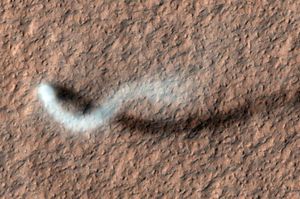
NASA’s Perseverance rover captured new images of multiple dust devils while exploring the rim of Jezero Crater on Mars. The largest dust devil was approximately 210 feet wide (65 meters). In this Mars Report, atmospheric scientist Priya Patel explains what…
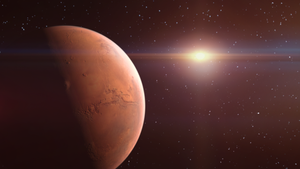
The Mars Report from NASA — this newsletter is your source for everything on or about the Red Planet. The latest mission updates, spacecraft news, science findings, unique Mars imagery — and a vision for the humanity-defining possibilities that NASA’s…

Mars scientists have recently marked a new year on the Red Planet, a milestone that occurs every 687 days. Because the Martian new year coincides with spring in the planet’s northern hemisphere, it’s a time of lots of activity —…

See why Curiosity’s location in Gediz Vallis channel makes it difficult to send direct commands — and how the team ensures they always stay connected to the rover.




























